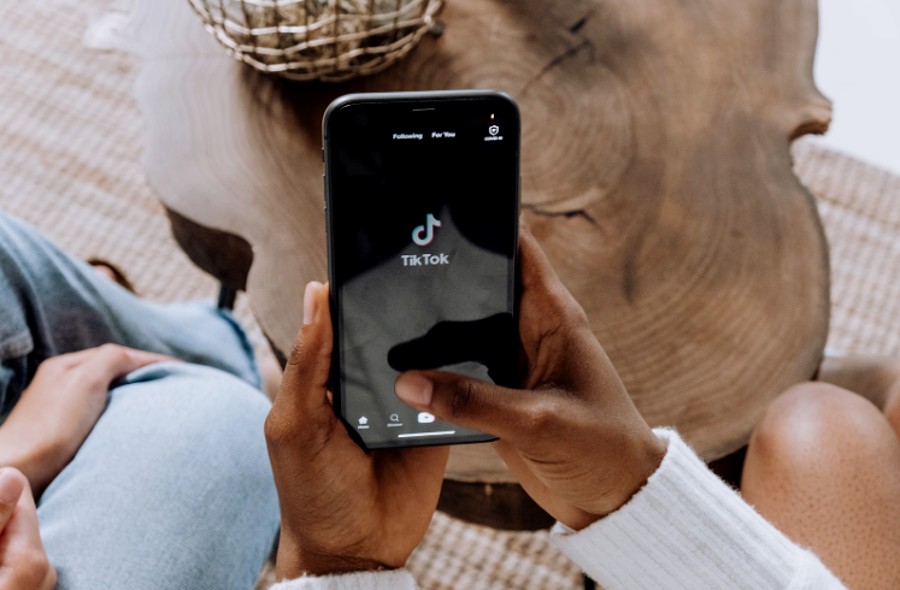
Shopaholics’ favorite holiday is just around the corner, bringing much-anticipated deals, discounts and a few changes on the side.
Black Friday started out as an American Thanksgiving tradition that morphed into a global phenomenon over the years, marking the start of the holiday shopping season with substantial discounts and offers. Despite the criticism it has gotten for encouraging mass consumerism and waste, Black Friday remains the biggest shopping day of the year in the U.S. and many other countries across the world.
Consumers wait with bated breath to get their hands on exclusive deals and discounted items and sometimes delay making big purchases until late November in order to save money, while retailers hope to attract large numbers of customers and drive revenue.
This year’s Black Friday event, which is going to take place on the 24th of November, promises to be no different in terms of shopping excitement, but there are a few notable changes predicted on the horizon that might shake things up for retailers. With consumer behavior constantly shifting under the influence of a wide range of factors, shopping trends are inevitably going to reflect these transformations.
Black Friday shopping is still going strong
Black Friday is nothing more than a marketing strategy initially used by retailers and brands in the U.S. in the early 2000s to encourage consumers to start their holiday shopping, luring them with limited deals and slashed prices and pushing them to make split-second decisions.
Although it doesn’t sound like the most pleasant shopping experience, given the rush, pressure and general mayhem that ensue around this time of the year, Black Friday got under consumers’ skin and grew in importance year after year. And since e-commerce started to gain ground in the retail landscape, Black Friday was soon joined by its digital cousin, Cyber Monday.
By the mid-2010s, the pre-holiday shopping frenzy started to cool down as consumers grew skeptical of the deals and started to move away from the consumerism rush. Nevertheless, Black Friday events remained an important date on shoppers’ agendas as evidenced by recent statistics. In 2022, U.S. online shoppers spent a record $9.12 billion on Black Friday, up by 2.3% from the previous year, and an estimated 196.7 million Americans shopped in stores and online in the days between Thanksgiving and Cyber Monday.
If we were to judge by last year’s performance, consumers are as eager as ever to partake in the shopping craze that takes place on and around Black Friday. In fact, retailers expect this year’s event to bring in even bigger figures, with sales projected to hit $9.8 billion, which would translate into a 7.5% increase.
Early deals are turning Black Friday into Black November
Black Friday used to be the biggest shopping day in the year, but that posed a major issue for consumers and retailers alike. To squeeze in so many deals and offers into just one weekend of sales caused many consumers to miss out on discounted items and also limited retailers’ profits.
The obvious solution was to stretch the sales period over multiple days, or even better, over the entire month, and that’s exactly what’s been happening these past few years. Black Friday has turned into Black November, with major retailers like Walmart rolling out offers much earlier. This gives consumers the possibility to start their shopping early and hunt for bargains before the stocks run out. This year, we’ve seen companies go even further and promote their Black Friday deals from late October.
Online shopping is leading the Black Friday buzz
With the number of digital buyers increasing significantly in recent years, especially since the pandemic hit, it’s not in the least surprising that most of the Black Friday shopping takes place online. This means that the line between Black Friday and Cyber Monday is getting blurry, and the trend is likely to become even more noticeable in the future.
According to a Deloitte study, Black Friday and Cyber Monday are going head-to-head, as there’s little difference between the shares of online and offline sales for Black Friday (16% and 17%). This means that retailers are going to see a lot more action on their digital channels than in real life.
But where does that leave in-store shopping? Bustling stores and long lines at the checkout are definitely a thing of the past, but considering that Black Friday in-store traffic increased by 2.9% in 2022, we can conclude that brick-and-mortar stores are still going to play a role in the equation, especially if they offer BOPIS (Buy Online, Pick Up in Store) services.
Bargain hunters expect substantial discounts
For better or for worse, Black Friday remains a major shopping event and people are inevitably going to be tempted to splurge. But the current economic climate, dominated by concerns over inflation, high-interest rates and the restart of student loan payments, doesn’t really encourage consumerism.
This means shoppers will be more selective about the items they add to their cart and will most likely look for bigger discounts that can help them save money, while also prioritizing quality over quantity. Therefore, it’s going to be a little harder for retailers to catch consumers’ interest and convince them to spend their money. Brands will have no choice but to align with current demands and offer more generous deals.
Another trend that is probably going to pick up pace as a consequence is the Buy Now Pay Later schemes. Offering flexible payment options is a great way to ease some of the financial pressure impacting consumers at the moment and give them an extra push to shop on Black Friday.
Final thoughts
The tradition of Black Friday shopping has become an integral part of our culture, and not even the present financial hardships can dim its popularity. However, customs and habits, even those driven by a consumerist urge, change with time, and Black Friday is no different. So, whether you’re a consumer or a business, you might want to keep an eye on these subtle shifts in preparation for this year’s shopping event.
- Exposure To THC In Breast Milk May Not Harm Infants Right Away, Study Finds
- Ballet Hispánico’s Quinceañera Gala Raises Over $1.3 Million For Arts And Community
- FTC Investigating TikTok Over Data Privacy Protocols From Harlem To Hollywood
- Sponsored Love: Unveiling SEO Success, The Power Of Paid Guest Post Services On Fiverr
- Black Public Media Awards For Film And Immersive Media Projects
Become a Harlem Insider!
By submitting this form, you are consenting to receive marketing emails from: Harlem World Magazine, 2521 1/2 west 42nd street, Los Angeles, CA, 90008, https://www.harlemworldmagazine.com. You can revoke your consent to receive emails at any time by using the SafeUnsubscribe® link, found at the bottom of every email. Emails are serviced by Constant Contact









